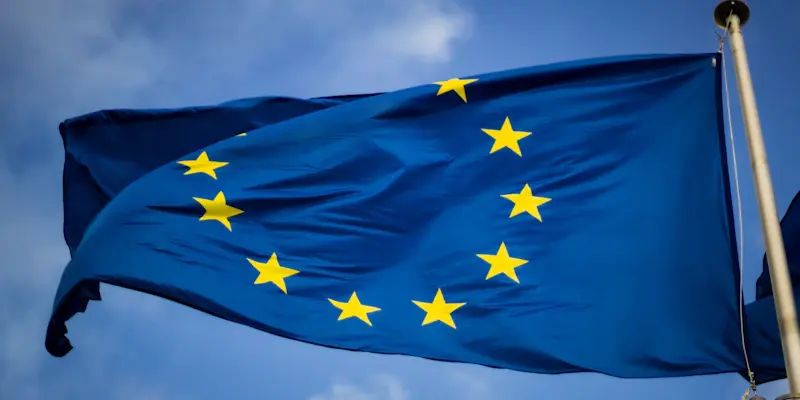The European Union has recently passed a groundbreaking Artificial Intelligence (AI) Act that imposes significant restrictions on the use of emotion recognition systems within workplaces. These advanced AI systems are designed to infer emotions through various forms of biometric data, including keystrokes, body posture, or voice. However, the new regulations prohibit such systems in multiple contexts, particularly when it comes to monitoring the emotional states of hybrid work teams during video calls or tracking the emotions of employees working in environments like supermarkets and call centers.
Protecting Privacy and Preventing Bias
One of the primary motivations behind these restrictions is to tackle the numerous privacy concerns and potential biases associated with AI-driven emotion detection. Emotion recognition systems have raised ethical issues due to the variability of emotional expressions across different cultures and individuals, making uniform application problematic. By prohibiting the use of these systems, the EU aims to protect worker dignity and prevent discrimination. The guidelines, although non-binding, aim to ensure a consistent and uniform application of the AI Act across all EU member states. Interpretation authority resides with the Court of Justice of the European Union.
The variability and complexity of human emotions pose a significant challenge for emotion recognition algorithms, which often rely on generalized patterns to interpret sentiments. This approach can lead to inaccurate and biased outcomes, particularly when dealing with a diverse workforce. In an effort to address these ethical dilemmas, the new regulations place worker privacy and rights at the forefront of AI deployment in professional settings. By doing so, the EU aims to foster a more ethical and fair employment landscape, ensuring that technological advancements do not come at the expense of human well-being.
Exceptions for Medical and Safety Applications
Despite the broad restrictions, the AI Act does allow for certain exceptions where emotion recognition systems can be employed for medical or safety-related purposes. For instance, in high-risk environments such as factories or construction sites, AI systems can be utilized to detect signs of stress or burnout among employees. This proactive monitoring can significantly enhance worker well-being and safety by addressing potential issues before they escalate into serious health concerns. These exceptions highlight a balanced approach to AI regulation, recognizing the potential benefits of emotion recognition technology while mitigating its risks.
The act, which officially came into force in August 2024, will be fully applicable starting August 2, 2026. This timeline provides AI providers and market surveillance authorities with a clear framework for compliance and enforcement, offering legal certainty in the European market. While the guidelines serve as a reference point for implementing the regulations, they do not carry legal force, making the interpretation and application of the rules subject to judicial review.
Balancing Innovation and Worker Protection
The European Union has recently enacted a pioneering Artificial Intelligence (AI) Act that imposes stringent limitations on the utilization of emotion recognition systems in various workplace settings. These sophisticated AI systems are capable of deducing emotions through a range of biometric data, such as keystrokes, body posture, and vocal tones. Despite their advanced capabilities, the new legislation strictly bans the use of these systems in several contexts. Notably, the regulations prevent the monitoring of the emotional states of hybrid work teams via video calls, and the tracking of emotions for employees in environments such as supermarkets and call centers. The act underscores the EU’s commitment to privacy and ethical AI use, reflecting growing concerns over the potential misuse of biometric data and the implications for workers’ rights. The decision marks a significant step in regulating AI technologies, setting a precedent for other regions to follow in balancing technological innovation with human rights protection.

